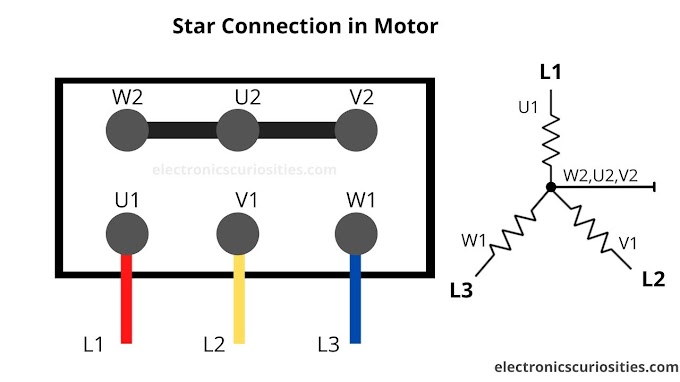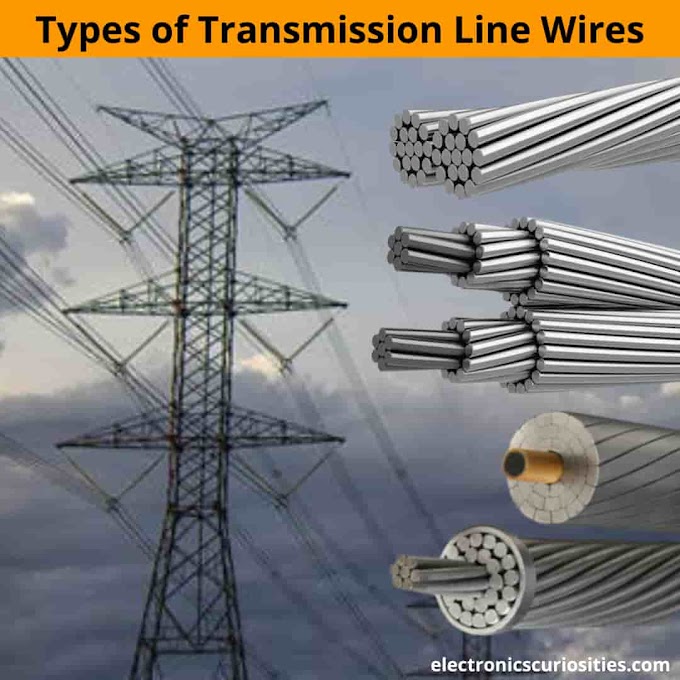Power Factor
Friends, in today's post, we will talk about the power factor heard in electrical. Like what is the power factor? what are its types? And together we will know how we can correct this power factor.
What is the power factor?
You must have heard both these names voltage and current. When we turn on any device, we give both voltage and current with the help of a wire in that device.
Current and Voltage Waveform
You once again hear that voltage and current both go through the same wire, and they go together.
Why DC- Direct Current does not have a power factor?
Let me tell you one thing that there is never a power factor in DC-Direct Current. The reason behind this happening is frequency, DC does not have a frequency. Or you can say that DC has 0 HZ frequency. And AC has a frequency, so it also has a power factor.
What is Power Factor?
Before understanding the power factor, you should know some more things. Like our current and voltage, it moves in a waveform. Which you can see in the photo.
Current and Voltage Waveform
The power factor is bad only when this waveform of both current and voltage does not run simultaneously. Meaning that what you saw in the wave foam, in it either the wave of the current should be ahead of it or should be behind.
Lagging power factor
Now the question will remain in your mind that why this happens, why the waveform of current-voltage goes back and forth.
So, the reason for this happening is because of the different types of load means of our electrical equipment. Because there are 3 types of equipment in our electrical and they bring the difference in the waveform of our current and voltage.
Electrical load types
Apart from this, keep one thing in mind. The greater the difference in our current and voltage waveform, the worse the power factor will be.
As if you believe that both these waveforms are starting and ending simultaneously, then it means that our power factor is absolutely correct with a power factor as 1. When our power factor is 1, it is called Unity Power Factor. This is the best power factor.
Capacitor panel for improving power factor.
Also, when the waveform of current and voltage is not starting and dissipating simultaneously, it means that the power factor is still bad. When this happens, we correct that waveform by putting capacitors in the circuit.
Definition of Power Factor.
Friends, if someone asks you what is the power factor in an interview?
So you can answer in just one line at that time. That means the difference in the waveform of voltage and current is called the power factor.
- The good power factor is generally between 1 and 0.95.
- The Poor power factor is anything from 0.95 and 0.85.
- A bad power factor is anything below 0.85.
A perfect power factor would be 1, however, in reality, this is almost impossible to achieve.
How is the power factor corrected?
So far you have understood what is Power Factor. But now we will know how the power factor is corrected.
To understand this, first of all, you should know, what is the power factor of our industry. Because the power factor is also of three types.
1. Unity Power Factor- In Unity Power Factor, our power factor is 1, which means in this the waveform of our voltage and current starts at the same time and ends together. This is the best power factor.
There are two types of bad power factors.
2.Lagging Power factor
3.Leading Power factor
Lagging Power Factor- This power factor is the worst power factor, it comes due to our induction load (motor) running more, and to correct it we connect capacitor with supply.
Leading Power Factor- Leading power factor is when we connect capacitors a little more than the supply, then our power factor becomes minus like = -0.9 -0.8
To correct the leading power factor, we should remove the unnecessary capacitors from the supply.
If we have a lagging power factor, caused by high inductive loads in the circuit, then we add capacitors.
If we have a leading power factor, caused by high capacitive loads, then we add an inductive load to the circuit.
To correct poor power factors, we can add capacitors or inductors to the circuit, which will realign the current back into phase and bring the power factor closer to 1.
Capacitor calculations for power factor correction.
Let's look at a simplified example of calculating the size of a capacitor to improve the power factor of a load.
For Example, the building has a 3-phase power supply and has a total load of 60 kilowatts of work. It also has a power factor of 0.78, but we want it to be 0.95 to avoid penalty charges.
Solution-
Given >>
Actual power(KW)= 60KW Power factor(P.F)=.78
Power factor after correcting =0.95.
From the formula Currently, the building has the total Apparent power(KVA)
Apparent power (KVA) = Actual power(KW)/Power factor(P.F)
Therefore Apparent power =76.92KVA
We find that by taking the square root of the KVA squared and subtracting it from the kilowatts squared. So take the squared root.
Kilovolt-Ampere Reactive(KVAR) = √ (KVA)^2 – (KW)^2)
Kilovolt-Ampere Reactive(KVAR) = √(76.92k)^2 -(60k)^2) where k=10^3
Therefore Kilovolt-Ampere Reactive(KVAR) = 4.81KVAR
Then we calculate what the value should be if we had a power factor of 0.96.
SO our apparent power should be we find that from 60 kilowatts divided by 0.96 power factor.
Apparent power (KVA) = 60KW/0.95
Apparent power (KVA) = 63.15 KVA
Then we find our reactive power
Kilovolt-Ampere Reactive(KVAR) = √(63.15k)^2 -(60k)^2) where k=10^3
which gives us Kilovolt-Ampere Reactive(KVAR) =1.96 KVAR.
The capacitor, therefore, needs to make up the difference between these.
So 4.81 KVAR minus 1.96 KVAR which equals 2.85KVAR capacitor.
Thank You!
Have a Great Day!
Happy Learning!








